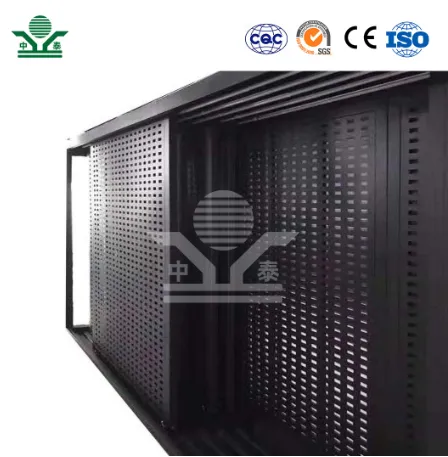What Makes a Good Sound Barrier?
Sound barriers, often referred to as noise barriers or sound walls, are essential structures in urban planning and environmental management, designed to minimize noise pollution from highways, railways, and other loud industrial activities. With increased urbanization and the rise of traffic in cities, understanding what makes an effective sound barrier is crucial to improving the quality of life for residents living near high-noise areas. In this article, we will explore the crucial factors that contribute to building an efficient sound barrier.
1. Material Composition
The materials used in the construction of sound barriers significantly impact their effectiveness. Common materials include concrete, masonry, wood, and specialized noise-reducing panels. Concrete is one of the most prevalent materials used due to its density and durability, which effectively blocks sound waves. In particular, thick concrete barriers can reduce noise levels dramatically, often by 10 to 15 decibels (dB) or more.
Other materials, like wood, can be effective as well, although their soundproofing performance is generally not as high as concrete. However, wooden barriers can add aesthetic value to a landscape, providing a visually pleasing alternative, especially in residential areas. Additionally, engineered sound-dampening materials are making headway into the market, designed specifically to absorb sound waves and prevent them from passing through to nearby areas.
2. Height and Design
The height of a sound barrier is another critical factor. Generally, the taller the barrier, the more effective it is at blocking sound. Sound waves travel primarily in a straight line, so taller barriers can obstruct waves originating from noise sources, such as highways. Studies suggest that barriers should be at least 4 to 6 feet tall to make a noticeable difference in noise reduction.
Moreover, the design plays a vital role in the efficacy of a sound barrier. A solid vertical wall is effective, but incorporating design features like sloping or stepped panels can enhance sound absorption. A well-designed barrier will also consider the local environment, potentially blending into the landscape and serving additional purposes, such as wildlife corridors or aesthetic enhancements.
what makes a good sound barrier

The placement of the sound barrier is crucial for its effectiveness. A barrier should ideally be positioned as close to the noise source and the affected area as possible. If the barrier is too far from either, its effectiveness diminishes significantly. Additionally, the terrain plays a vital role; barriers placed on elevated ground will have a reduced impact compared to those placed in lower areas.
In urban areas, the surroundings must be evaluated to maximize effectiveness. Existing structures, vegetation, and landscape features can all influence how sound waves travel and how barriers should be strategically placed.
4. Absorption vs. Reflection
Another essential concept in sound barrier design is the difference between absorption and reflection. A barrier may effectively reflect sound back to its source or absorb sound waves to prevent them from traveling further. A balance of both is desirable. Highly reflective barriers can sometimes redirect sound to unintended areas, whereas overly absorptive designs may lack sufficient structural integrity or durability.
Innovative sound barriers often incorporate various technologies, including vegetation (green walls), acoustic panels, and textured surfaces that both absorb and scatter sound waves. This multifaceted approach can enhance the overall performance of the barrier, catering to various types of noises.
5. Maintenance and Durability
Finally, a good sound barrier must be durable and require minimal maintenance. Environmental factors such as moisture, temperature fluctuations, and exposure to pollutants can lead to wear and tear. Choosing materials that withstand these conditions and maintaining them regularly ensures they remain effective over time.
In conclusion, a good sound barrier is the result of a thoughtful combination of material choice, height, design, proper placement, absorption capabilities, and maintenance considerations. As cities continue to grow and noise pollution escalates, investing in effective sound barriers will be crucial. Not only do these structures protect residents from unwanted noise, but they also contribute to the overall aesthetic and environmental health of urban areas, making them indispensable in modern urban planning.
-
Why Galvanized Trench Cover Steel Grating Resists Corrosion
NewsJul.10,2025
-
The Versatility and Strength of Stainless Expanded Metal Mesh
NewsJul.10,2025
-
Load Calculations in Steel Grating Platforms
NewsJul.10,2025
-
Keeping Pets and Kids Safe with Chicken Wire Deck Railing
NewsJul.10,2025
-
Hole Diameter and Pitch for Round Perforated Metal Sheets
NewsJul.10,2025
-
Aluminium Diamond Mesh in Modern Architecture
NewsJul.10,2025
Subscribe now!
Stay up to date with the latest on Fry Steeland industry news.

